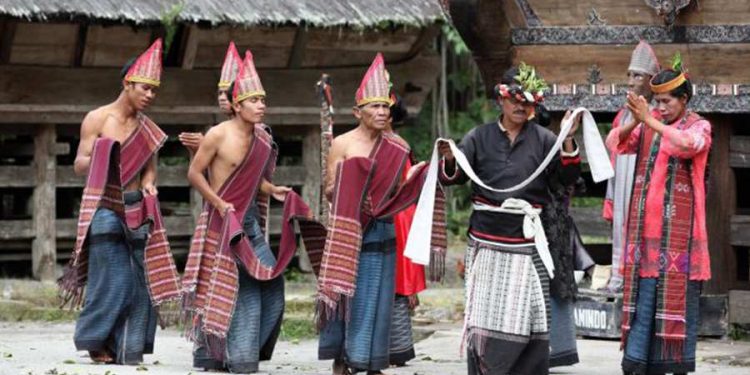Indonesia is a rich country with natures and tribes. One of the tribes in Sumatera Island – Indonesia, is Batak. Batak also spelled Battak or Batta is a closely related ethnic group of north-central Sumatra, Indonesia.
There are different Batak Tribes such as Mandailing, Dairi, Karo, Toba, Simalungun, Pak Pak and more. All have distinct languages, customs, and histories.
History of the Batak Tribe

The name of Batak comes from Malay settlers in Sumatra. The Batak are descendants of a powerful Proto-Malayan people who until 1825. The Batak Tribe, also described as Austronesian ethnic groups are mainly found in North Sumatra, Indonesia.
The Batak Tribe lived in relative isolation in the highlands surrounding Lake Toba in Sumatra. The term Batak is one of convenience, likely coined during pre-colonial times by indigenous outsiders and later adopted by Europeans.
By the 2nd or 3rd century CE, Indian ideas regarding government, writing, elements of religion, arts, and crafts had begun to influence the Batak.
They did not, however, develop a unified state, and today they are found in six cultural divisions. Within these are exogamous patrilineal clans known as marga.
They practice a form of bridewealth, in which a husband’s family gives gifts and services to the wife’s family; once a particular proportion of the agreed-upon gifts is reached, the bride becomes an official member of her husband’s group.
Tradition
In the past, Batak only relied on their traditions. But, since Islam and Christianity entered Batak Tribe, such traditions start disappearing over time. Their music tradition remains, though. The songs are about the Batak legends and history. Some are also about the spirits of nature. Even singers are considered as high spirits. The Batak Tribe is famous for its traditions and longhouses. They have been around for more than 300 years.

Batak people constructed the house from natural materials (bamboo, wood, spikes, nails) some local people still live in these houses. A longhouse can contain up to 12 families.
Religious
The former religious belief system of Batak was animism. There were also some traditional rituals. Ancestors, plants, animals, and inanimate objects were considered to possess souls or spirits that could be coerced or enticed by male priests. Cannibalism was once practiced, but victims were confined to prisoners and those guilty of incest.

By the early 21st century few Batak continued to practice strictly local religion. Rather, most followed Protestant Christianity, although there were also many adherents of Islam.
Overall, Batak is one of the largest ethnic groups in Indonesia. At the turn of the 21st century, the Batak numbered about 6.1 million. Nowadays, many Batak, moreover, occupied prominent positions in business and in the Indonesian government.



